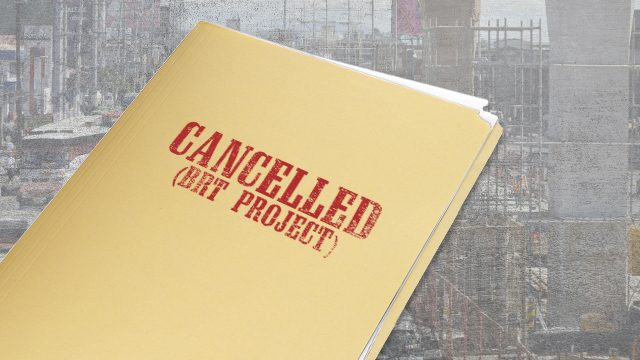SUMMARY
This is AI generated summarization, which may have errors. For context, always refer to the full article.

The Department of Transportation requests for the cancellation of the bus rapid transit projects in Metro Manila and Cebu, citing infrastructure limitations. But officials and experts are not sold with the idea
nan
Add a comment
How does this make you feel?
Loading
There are no comments yet. Add your comment to start the conversation.